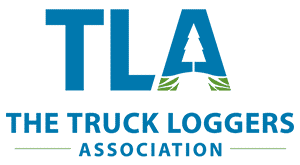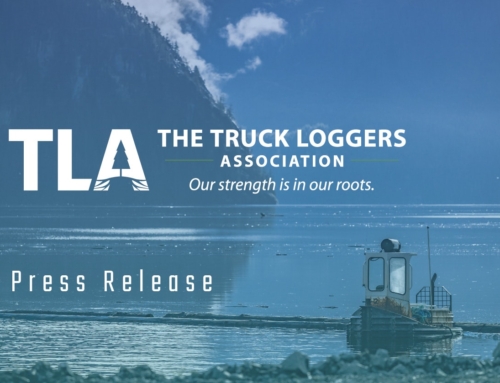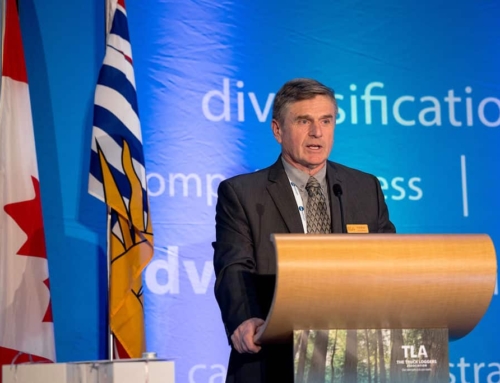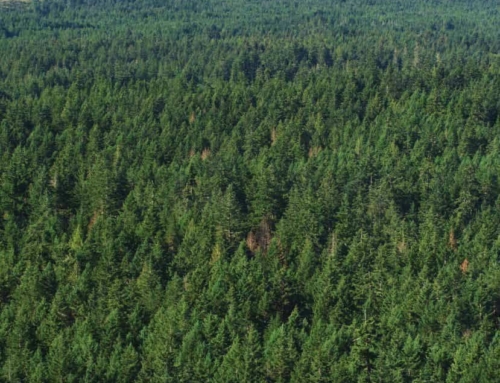As the longest strike in coastal forest history approaches its eighth month, it’s become increasingly clear that the NDP government has a larger agenda at play in its decision to let the dispute drag on.
Rob Shaw
Times Colonist
January 20, 2020
A growing chorus of community leaders, businesses and contractors caught in the middle of the battle between Western Forest Products (WFP) and the United Steelworkers wants the province to mediate, arbitrate, cool off or even legislate an end to job action that has devastated the economies of several Vancouver Island communities and kept more than 3,000 people out of work.
But the Steelworkers’ union — which donated $3.2 million to the NDP in recent years and was the single largest backer of the party’s 2017 election campaign — has demanded the governing New Democrats stay out of what its local leader called “economic warfare” against Western Forest Products.
So far, the NDP has honoured the wishes of its big donor. But there is more than just cash-for-favours politics at play.
The NDP’s ultimate goal is to break Western Forest Products apart, because it holds a near-monopoly on lucrative tenures to log Crown land on the mid-to-north Island. With more than $1 billion in sales annually and control of 30 per cent of the allowable annual cut in the region, WFP is the largest forestry business on the coast.
And the NDP wants to bring it to heel. That plan just so happens to dovetail nicely with a lengthy strike that cripples WFP financially and gives the province the upper hand in coming skirmishes. And it also fits with recent public statements from Premier John Horgan that portray WFP as a corporate villain that needs confronting in its quest to pillage public forests without sharing the wealth.
“Western Forest Products has been given enormous benefits by the former government and none of those benefits flowed to the workers, none of those benefits flow to the communities where they operate,” he told online publication B.C. Today last month. “The notion of social licence is being eroded.”
Horgan added he’s not inclined to help “an extremely powerful private sector company” that has “extraordinary access to public lands.”
The NDP’s current forestry revitalization policy calls for Crown tenures to be redistributed where possible to First Nations and smaller companies, so that the benefits of harvesting publicly owned trees are felt in local communities and not simply as profits for what Horgan has called “lumber barons” and their mammoth corporate entities.
Horgan told Postmedia News in a year-end interview that the redistribution is already underway in the Interior, and will come to the coast and WFP as soon as the strike is over.
“We have to make sure that communities are driving the changes in forestry so that people are at the front of the equation, not shareholders, not tenure holders, but the people of B.C., because they’re those forests belong to them,” Horgan said, taking a shot at the publicly-traded WFP, which has seen its share price plummet during the strike.
The government has turned up the heat in other ways as well.
The Forests Ministry late last month abruptly issued a written directive that WFP scale all the timber it cut before the July start of the strike and pay the government as much as $20 million in outstanding fees. The ministry said in a statement it is “concerned that the timber will deteriorate and devalue if scaling is not completed.”
But demanding a large amount of cash from a company, during the longest strike in its history, after its Island mills have sat idle for seven months, is another way the province can weaken WFP’s position.
WFP is B.C.’s largest coastal forestry company, with six mills on the Island that produce specialty wood products. It made $69.2 million in profit in 2018, a decrease of almost 27 per cent from 2016.
The union argues the company is profitable enough to cut back on alternative shifts that fail to give workers consecutive days off, but the company says that flexibility is key to its operations. That remains the sticking point to getting a deal. Both sides make valid arguments. And neither is willing to move.
Meanwhile, small business contractors who aren’t part of the dispute but are nonetheless out of work, got a chance to express to the premier directly how dissatisfied they are at government’s refusal to intervene during the annual Truck Loggers Association convention in Vancouver last week.
“I don’t take it personally that you are frustrated and unhappy,” said Horgan. “I don’t take it personally that you had perhaps preferred I’d taken stronger action in the private sector with a dispute between parties. But I firmly believe if we all hang together and focus on things we want for ourselves, our families and our communities, we will be better off in the long run.”
Horgan reiterated in his speech how the forest sector must revitalize with innovative new small-scale local companies producing value-added products like cross-laminated timber. It’s a laudable goal, but also hard to see how the province will recruit investors to spend millions of dollars on new businesses, if at the same time they are watching the government run to ground the largest forest company on the coast for being too successful.
Horgan also announced a $5-million government-backed loan program for contractors. He appealed to both the union and company to “put down the clubs, sit at the table and get the job done” in a strike that is both “ridiculous” and “unsustainable.”
But the larger message was clear: Government still isn’t going to intervene.
Its biggest fight isn’t the labour dispute — it is still to come with Western Forest Products.











Get Social